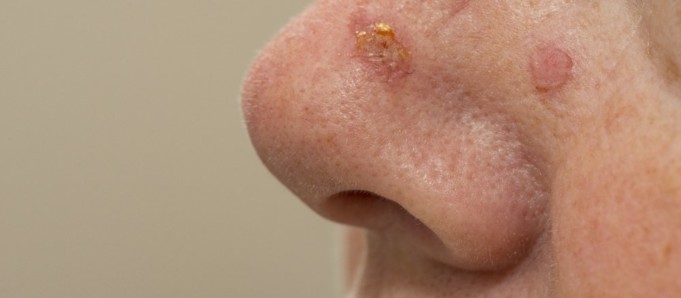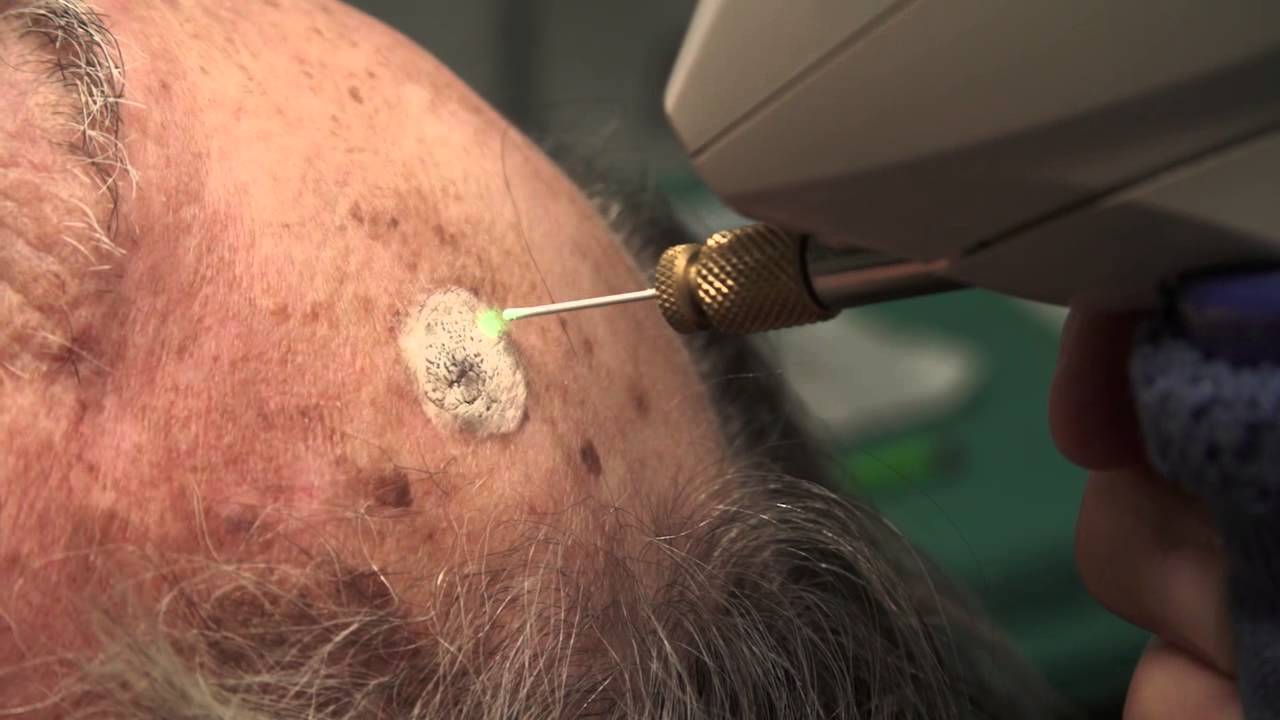Cryosurgery, also known as cryotherapy, is a powerful and versatile dermatological technique for the treatment of many types of skin lesions. This procedure has been used for many years and proven as convenient and easy to perform in clinics. The treatment has been designed as a localized freezing cold that causes the destruction of cell integrity. Cryosurgery has shown many advantages which include:
- Short time preparation
- Low risk of infection
- Require no application of expensive injectable anesthesia
- Minimal would care
- Skin lesion can be treated in a single session
Cryosurgery is normally used for pre-cancers which are actinic keratosis ― the little rough scab-like areas usually on the face or the arms. This phenomenon is common in people over thirty-forty years of age. Medical experts also utilise cryosurgery for verruca vulgaris which are warts viral infection that grows rough bumps on the skin and for another virus called molluscum contagiosum.
Treatment Method
Cryosurgery is a highly effective treatment for various benign, premalignant, and malignant skin conditions. Like any other medical procedure, cryosurgery must be performed with appropriate supervision of a medical expert on this field. Cryosurgery is best suited for treatment of lesions in most non-hair-bearing areas of the body or in patients with light skin.
Liquid nitrogen is what usually used in cryosurgery and it is utilised basically to destroy lesions. In general, temperatures of −40°C (−40°F) to −50°C is required to effectively remove a malignant tissue. Medical experts commonly used the freeze-thaw cycle whereby they freeze the affected area for an amount of time. Sometimes, experts do longer or shorter time periods, depending on several considerations.
Various methods may be employed in effectively removing the affected tissue where the thickness of the epidermis and underlying structures, local blood flow and the water content of the skin are weighed. The type of skin lesion is also considered on the kind of method to be used.
Timed Spot Freeze Technique
The timed spot freeze technique is the most appropriate method for practitioners who are learning to conduct cryosurgery. This type of technique allows greater regularity of liquid nitrogen delivery where it maximizes the ability to destroy a lesion with minimal morbidity.
Timed spot freezing is performed using a cryosurgical gun that typically holds 300 to 500 mL of liquid nitrogen. Nozzle sizes range from A through F, with F as the smallest aperture. Nozzle sizes B and C suit best for the treatment of most benign and malignant lesions as they are the apertures most commonly involved in case reports. The freezing time is regulated according to several considerations like the skin thickness and tissue type, vascularity and lesion characteristics.
Before the procedure, your physician has to delineate in advance with a skin marker pen the target designated ice field. The standard spot freeze technique requires the nozzle of the cryosurgical gun to be positioned 1 to 1.5 cm from the skin surface and aimed at the centre of the target lesion. The cryosurgical gun trigger is depressed, allowing the liquid nitrogen to be released and sprayed until an ice ball encompasses the lesion and the desired margin.
This cryosurgical gun needs to be maintained to keep the target field frozen for an adequate time. The duration varies on the type of lesion to be destroyed, which ranges from 5 to 30 seconds beyond the initial time for formation of the ice field.
What to Expect After the Procedure?
Some people get a thick scab within a week while most get a small blister after a week. This usually dries up into a scab in the second week and falls off in the third week. In some cases, only part of the lesion will fall off because there’s still be a root in the area and physicians normally suggest to their patients to come back so they can freeze it again to ensure that it is totally gone.
There are also instances where the area that was frozen will have a small red ring of inflammation around it which is less than a millimetre to two millimetres. If you’re getting a bright red ring that is a half a centimetre which is about that far outside of the edge of where you were frozen and you’re experiencing a lot of pain, then it could be infected. If that occurs, you need to immediately call your physician so he/she can take a look at it and prescribe you the proper antibiotics to take to alleviate the pain.
After the scab has fallen off in the wart or the actinic keratosis is gone, temporary discolouration may appear which lasts for one to four months, a phenomenon commonly known as post-inflammatory hyperpigmentation. Some people may get hypopigmentation which is a light spot- a small white circular area which is likewise not permanent.
It is also not advisable to pick a scab too early because that may cause a scar so it is imperative to let them heal on their own or let the scab fall off on its own to get the best outcome.
Conclusion
Patients enjoy several benefits in cryosurgery. For one, cryosurgery is a minimally invasive procedure that offers a gentle alternative treatment for common skin conditions. Patients also only have a short hospital stay if none at all. The importance of cryosurgery cannot be overemphasized for it has been known to reduced skin lesion cases over the years. There are many medical suppliers, such as Emech Medical, that allow you to buy Cryosurgery equipment.













